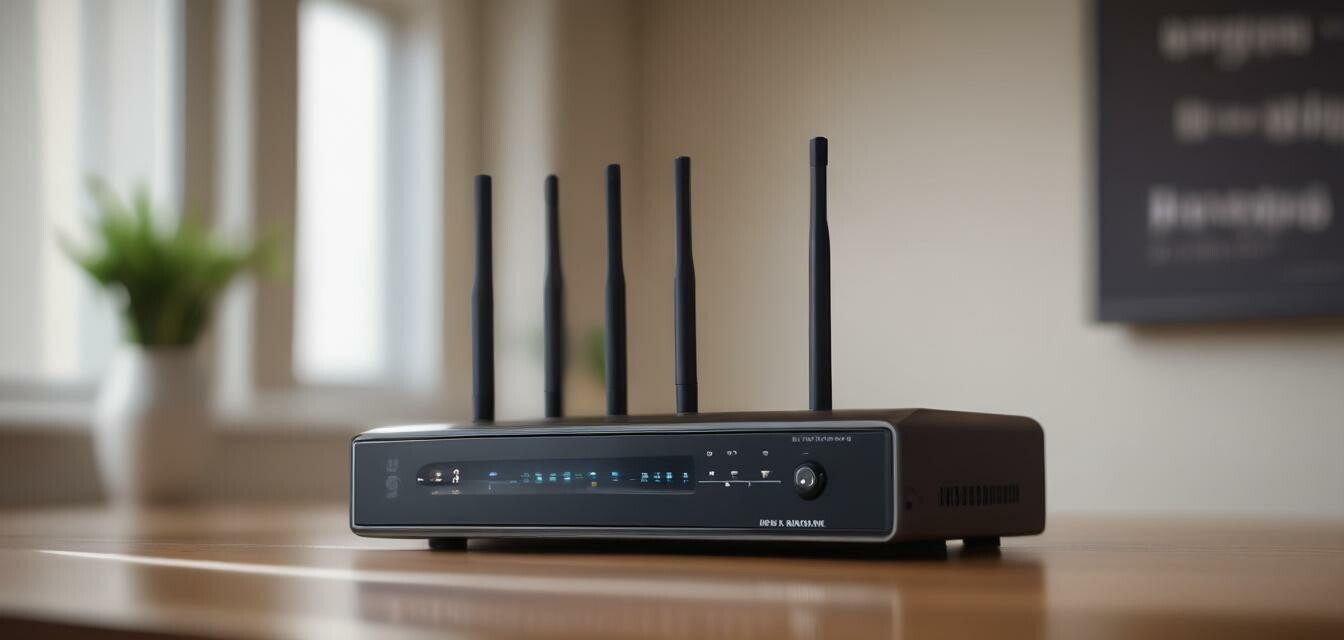
Optimizing Your Home Network for Multiple Devices
- Understand your internet plan and its limitations.
- Use high-speed routers to improve connectivity.
- Implement quality of service (QoS) settings for prioritized bandwidth.
- Position your Wi-Fi extender in optimal locations.
- Regularly update your network security to protect against intrusions.
With the growing number of devices connected to home networks, ensuring smooth connectivity has become vital. This guide provides expert tips on optimizing your home network for multiple devices, tackling every essential aspect from your internet plan to device placement.
Understanding Your Internet Plan
Your internet plan is the foundation of your home network. Knowing its limitations helps you maximize performance. Most plans focus on speed and data limits, so make sure to:
- Check your download and upload speeds.
- Be aware of data caps to avoid throttling.
- Understand how many devices your plan can support.
Choosing the Right Equipment
Routers and Modems
Using a high-speed router can significantly elevate your home network performance. Here are some pointers to consider:
| Feature | Importance |
|---|---|
| Dual-band capability | Helps manage multiple devices efficiently by using both 2.4 GHz and 5 GHz bands. |
| Wi-Fi 6 compatibility | Offers faster speeds and improved connections for many devices. |
| High-performance antennas | Enhances wifi range and stability, especially in larger homes. |
Wi-Fi Extenders
Wi-Fi extenders can help you eliminate dead spots in your home. Here’s how to position them effectively:
- Place the extender halfway between the router and the dead zone.
- Avoid physical obstructions like walls and metal objects.
- Test the signal strength after placement to ensure optimum performance.
Optimizing Settings
Quality of Service (QoS)
Adjusting QoS settings allows you to prioritize bandwidth for essential devices. Follow these steps:
- Log into your router settings.
- Find the QoS menu.
- Assign priority to devices like gaming consoles or streaming services.
Monitoring Network Usage
Keep an eye on your network's performance to identify bottlenecks:
- Use apps that monitor device bandwidth usage.
- Regularly check for unknown or unauthorized devices on your network.
- Observe peak usage times and consider adjusting your device activity accordingly.
Securing Your Network
Security is crucial for an efficient home network. Implement these security measures:
- Update firmware regularly to patch vulnerabilities.
- Change default passwords to stronger, unique passwords.
- Enable WPA3 encryption for enhanced security.
Conclusion
Optimizing your home network for multiple devices doesn’t have to be overwhelming. By learning the ins and outs of your internet plan, selecting the right equipment, and adjusting your settings, you can create a seamless online experience. For more comprehensive tips, check our Tips and Tricks section, which covers everything from improving Wi-Fi signals to managing your data packages.
Pros
- Enhanced connectivity for multiple devices.
- Better performance during high-demand activities.
- Improved security measures.
Cons
- Initial setup can be complex.
- Regular monitoring is necessary.
- Costs can increase with better equipment.
Tips for Beginners
- Start with a simple setup and gradually add devices.
- Use a network map to visualize your connectivity.
- Don’t hesitate to reach out to your ISP for assistance.
